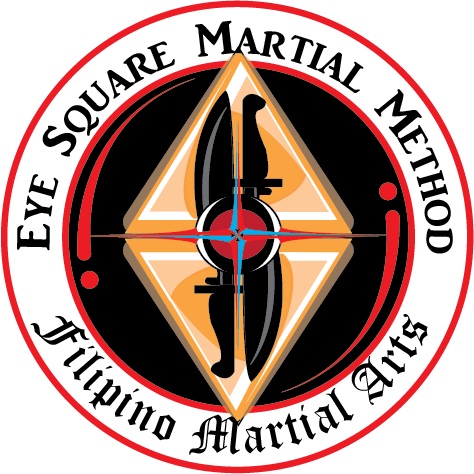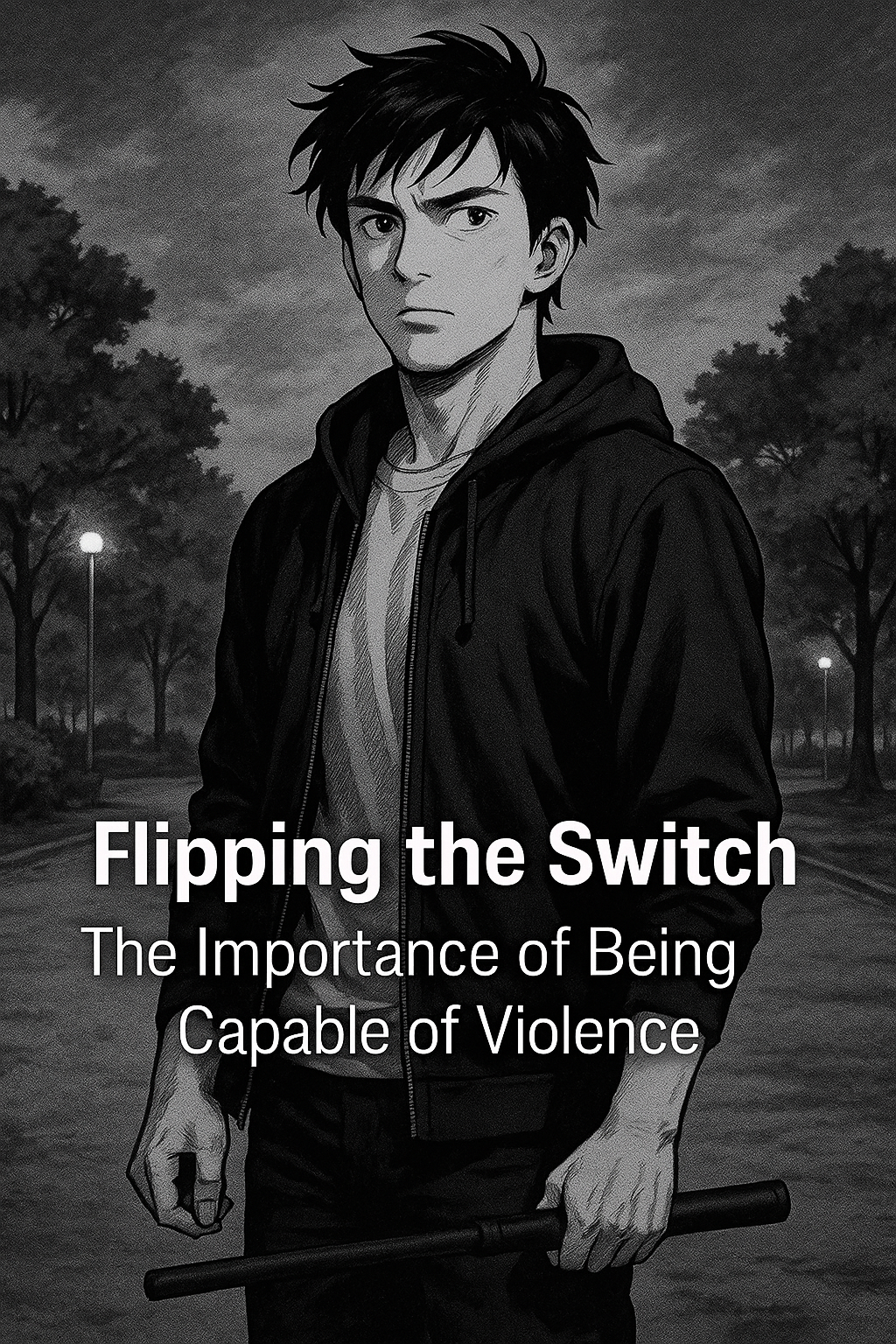Prepared, Not Violent is an ongoing series from Eye Square Martial Arts exploring how martial artists can understand, avoid, and prepare for real-world violence—without becoming consumed by it.
This is Part IV: Mutual Combat vs Sudden Assault
Mutual Combat vs Sudden Assault
I was watching a video from Inside Fighting on YouTube about Silat, and the presenter brought up something I’ve heard many times: do arts like Silat actually work?
More specifically—can the techniques taught within systems such as Silat actually work when it matters?
I come from an American Kenpo background primarily, so I’m very familiar with the mindsets present both inside arts like these and outside them—and both have merit.
See: Why Do You Train?
Unrealistic Understandings and Expectations
Way back when I started in martial arts, I went to a school where we had a set curriculum of American Kenpo-style “self-defense” techniques (and Shotokan Kata, and Sport Karate sparring). I learned rote responses to various types of attacks—which were always practiced in a controlled and predictable manner (insert eye-roll).
Thank the gods I never had to use that stuff—I would have gotten my ass kicked (or worse).
But the thing was, I didn’t know any better. I’m pretty sure my instructor didn’t either. The area I live in is pretty damn safe and peaceful—again, thank the gods.
Training for rules-based combat might win you medals, but it won’t always save your skin.
MMA Isn’t Enough
Thinking about it though, I don’t think the “hardcore” MMA guys have a much better understanding of real violence either.
Many of these folks are tough, and very skilled. But ultimately—they train for a consensual fight in a controlled environment.
Would MMA fighters still have an advantage over someone like me when I started? Unequivocally—yes. They’re better conditioned, tougher, and more experienced dealing with pain. Not to mention they’re also more grounded in actual violence.
The thing is—they still have unrealistic expectations of their own.
Many martial artists train for a consensual fight. Reality rarely asks your permission.
The 90% Myth
There’s that often-cited statistic that “90% of fights end up on the ground,” supposedly from a 1991 LAPD report. But I (and ChatGPT) haven’t been able to find said report.
If it exists, I suspect the “90%” refers to arrests ending up on the ground—which makes sense when you watch police videos from guys like Donut Operator.
Also—police body cams have done a lot to confirm a sad truth: sh*t people are sh*t people—and usually, it’s not the cops causing the problems.
Ted Sumner’s Parking Lot
Tracy Kenpo Grandmaster Ted Sumner, who served as a police officer in San Jose (and survived being shot by a would-be assassin), once told me about an MMA guy who asked for a lesson.
At some point, the MMA guy said, “Let’s make this more realistic.”
Ted said, “Alright, come outside with me.”
Once in the parking lot, Ted smashed a glass bottle on the pavement. Then, he pissed on it. He looked at the MMA guy and said:
“Okay. You lay on the ground first.”
I’m assuming the guy declined.
A graphic—but poignant—illustration of the dangers in assuming “I’ll just take them to the ground.”
What About Weapons? What About Friends?
Violence isn’t a sport. It’s chaos.
- What if he’s got a knife?
- What if he’s not alone?
- What if he doesn’t care if he lives?
Combat is a chaotic circumstance—you get a vote, the enemy gets a vote, and so does lady luck.
— Author
If your training has only prepared you for mutual combat, it’s time to ask the hard questions:
- Are you ready for chaos?
- Have you tested your techniques under pressure?
- Can your art adapt when the rules disappear?
At Eye Square Martial Arts, we don’t just train for performance—we train for reality.
Cultural Preservation… with Bruises.


